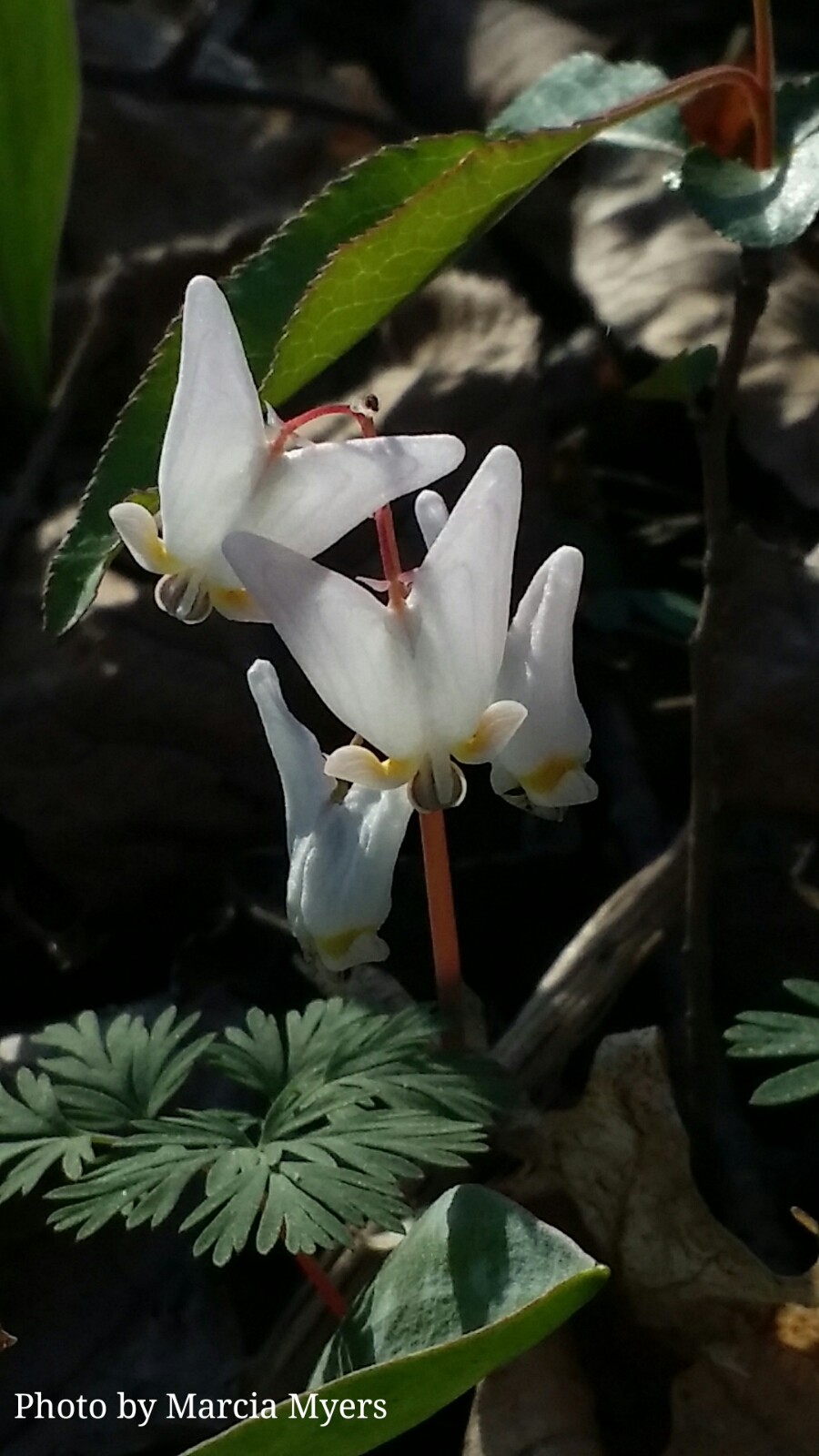By James Faupel
Vice President, Wild Ones – St. Louis Chapter
This weekend, April 27-30, people from 65 cities and metropolitan regions around the world will be participating in the 2018 City Nature Challenge. Which city can document the most biodiversity in 4 days?
The competition is a project of the iNaturalist team based out of California Academy of Sciences, but coordinated locally by partner organizations in each participating city. Last fall, Catherine Werner (City of St. Louis, Sustainability Director, Office of the Mayor) and I jointly entered St. Louis into this global competition for the first time, both of us intent on showing the world the diversity of life that survives and thrives here. To engage people throughout our urban, suburban, and rural communities, we drew our geographic circle wide, to include the City as well as the 16-county bi-state region. Visit the city website for events and more information.
And now it’s here! We need each of you, your friends, family, neighbors, co-workers, and random strangers to participate! It’s super-easy:
1. Download the free iNaturalist app.
2. Join the St. Louis City Nature Challenge Project, one of 65 projects within the overall City Nature Challenge. (You can check to see if your city is participating by visiting the main 2018 City Nature Challenge site.)
3. Take photos of biodiversity (plants, birds, insects, amphibians, reptiles, fungi, fish, etc.) all around you, from your backyard and neighborhood to your favorite forest, park, garden, or other green space. Upload those photos as observations in the St. Louis City Nature Challenge Project.
That’s it! You do NOT need to know what you’re looking at, I promise. The iNaturalist app itself, powered by a network of experts, helps you upgrade your casual observations to actual confirmed species. The competition recognizes the city/region that racks up the most observers (that’s you!), the most observations, and the most species.
As an added bonus, Mother Nature must want us to win, because the forecast calls for a beautiful St. Louis spring weekend. Get outside and find your inner citizen scientist!
P.S. Sure, I’ve spent the bulk of my professional and personal life focused on strengthening human connections with nature, yadayadayada. But let’s be clear. This is a competition. Let’s beat Dallas. And Vancouver. And London. And Atlanta. Let’s do this, St. Louis!
[Note: All observations must be made within
the region designated. The St. Louis
project includes the following counties
in Missouri: St. Louis, St. Louis City,
St. Charles, Jefferson, Lincoln, Franklin,
Warren, Washington, and St. Francois. The region also includes the following
counties in Illinois: Calhoun, Jersey,
Madison, St. Clair, Monroe, Clinton,
Macoupin, and Bond.]



Hi James,
Over the weekend, I spent a good deal of time in my yard, observing both with my eyes, ears and camera. It was wonderful to see the variety of species in my little woodland. I will read through the directions on the materials, but it sounds like you are saying they want photo records of plants and beings rather than lists.
It am so proud of all of us for learning to garden in this way, because in my neighborhood it is definitely catching on!